The beans - the plant of the family of legumes, the history of cultivation of which has more than 7,000 years. Motherland beans are considered to consider the central and southern part of America. Beans are common worldwide, it was brought to Russia from Turkey and France in the 16th century and was originally used only for decorative purposes. Only in the 18th century, the beans began to grow as a vegetable culture and eating. The beans is an easy-to-carry, dietary product that is among the ten most useful foods, so it is necessary to include it in your diet! There are many types and varieties of beans: bush, curly mills of plants that are successfully cultivated in our regions. During the flowering period, the beans are a wonderful decoration of a garden plot or cottage, grow beans in the open ground is easy and under the power of novice gardens.
Description of beans
Beans refers to fruit annual herbaceous plants of the bean family (moth). The stalk of the plant is powerful, depending on the species can be a bush or curly. Flowers of beans - moths, grouped into white brush-inflorescences, pink purple color - decoration of the site during the flowering period of the plant. The fruits of beans are beans located inside the pod, which matches the plant on the stem. The amount of beans in the pod can be from 4 to 10 pieces, and the length of the pod, depending on the variety, can be from 5 cm (short-stricken beans) to 25 cm (long-term). Bean beans have a different color: white, gray, red, purple, variegated and black.
Types and varieties of beans
More than 250 types of beans are known, which differ in both the appearance of the plant, to taste, size, the color of the beans, as well as the timing of their maturation.
In the form of the ground part, the beans happens:
- bush
- current
Brush beans - unpretentious, cold-resistant plant with a height of up to 60 cm with early ripening of seeds. It is used to cultivate in fields on an industrial scale, and is also successfully grown in country and garden sections.
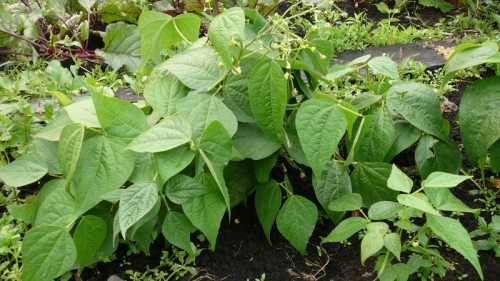
Curly beans - high-yielding varieties with curly stems in the form of lianas, reaching heights up to 5 meters. When they are cultivated, a robust support or cholera is used. Just a few plants planted in the country area can provide a high harvest, as well as decorate the territory, as they look spectacular and used for landscaping fences, household buildings.
Types of podoles:
- Ordinary beans (American). Completed all over the world, where it is used to prepare various dishes. Common bean pods have a cylindrical or compiled shape, with a pointed nose, their length reaches from 6 to 20 cm. The painting of the pods can be different: green, motley, yellow, white, purple. Also, the color of the beans can be different: from white, yellow, motley to black.
- Red beans - oval shapes of red color, slightly flattened on both sides. Dishes made from red beans are popular in Kitchens of Georgia, Armenia, India and Turkey. It is not used in the raw form, since it contains toxic substances that are destroyed under the influence of culinary processing. It is recommended to use people suffering from various diseases of the stomach, liver, with dietic nutrition.
- White beans is an indispensable product in dietary food, dishes from which have a high nutritional value. It prepare a variety of nutritious dishes: soups, sauces, side dishes. Bean is remarkably combined with vegetables, greens, it is used for conservation. In eastern countries from white beans, a flour is made from which delicious pastries are baked and desserts make.
- Black beans has a mass of therapeutic properties. Its consumption is recommended for heart disease, improving brain activity. Due to low calories, black beans are used to adjust the weight, as well as the cleansing of the body from slags.
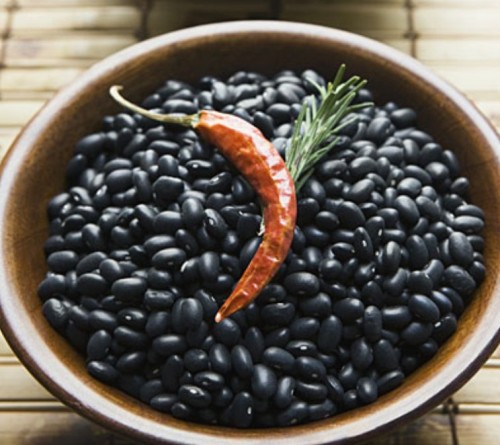
Among the varieties of American beans can be allocated:
- Podkkaya green beans crane.
A yammed bush grade, whose height is not more than 50 cm. The length of the pod up to 15 cm has a green color, beans - white, shape - oval, aging time up to 50 days from the beginning of the growing season.
- Bloculda: Curly Stroke Beans.
Early curly variety of bright purple beans. The variety is characterized by high yield.
- Purple Queen.
A bush grade of medium ripening with dark purple pods up to 17 cm long. Unpretentious grade, well tolerate both drought and cooling.
- Flamingo.
A bush grade with a beautiful motley painting pods, beans have the same color. It has high yield and endurance, bushes can withstand a load of 50-60 beans.
- Blue Lake.
Early grade with green gentle pods up to 16 cm long. Beans are small, the variety is distinguished by a high harvest.
- Correce.
Surprise bush grade, a distinctive feature of which yellow pods up to 16 cm long with black glossy beans. Black beans - nutritious and useful, contains all the valuables needed by the human body. The black bean varieties have a high nutritional value, enduring and resistant to diseases.
Asian beans (Vigna or Vigun) - externally similar to ordinary beans, but has a number of differences:
- The pods of Asian beans have a thinner form, they are much longer than ordinary beans. Some varieties reach up to 1 meter.
- There is no parchment layer on the inside of the sash pod
- The beans are small, do not require pre-soaking before cooking.
The genus Asian beans includes the beans Masha, Urd, Adzuki, which are the oldest plants. Already many centuries have traditionally use the peoples of India, Pakistan and other countries.
Among the famous varieties of Asian beans can be allocated:
- Green bean whine liana.
The shoots of the curly beans grow rapidly and reach lengths up to 3 meters, it needs to be supported. Pods are green, dense, not hawned fibers. Beans have a small oval shape, brown shade.
- Vigun Macaretti.
Curly beans unpretentious in care are found both green color of pods and red and purple. The length of the pods up to 35 cm. Beans is a small oval shape of brown. The variety has a high yield.
In addition, the beans are classified by the nature of eating:
Asparagus (vegetable, sugar) - suitable for eating entirely, its sash is not covered with rigid fibers and remain soft throughout the ripening period. The most famous varieties of asparagus beans:
- Saksa - Brush Early Beans, Bob Color - Pink, Strong Length - 12 cm, Bustops are low, their length is about 40 cm.
- Oil king - early sternum bean grade with yellow pods up to 25 cm long.
- Melody - curly early.
- Fatima is a medieval curly variety of asparted beans.
Lultal (sugar) - only beans are used in food, the name happened from the word "brother", as the bean seeds are separated from the sash. Excellent retain all the useful substances in the winter period, in front of culinary processing - soaked.
Famous varieties:
- Mushroom - Mid-line variety with green pods up to 15 cm.
- Chocolate - drought-resistant honeycomb with brown beans.
- Swallow - the variety is distinguished by the original color of white beans with purple spots resembling a swallow contour.
- The mistress's dream is a large white bean.
- Ruby - large beans of red-purple shade.
- Golden - yellow beans.
A semi-chamber - average option when young gentle beans are used in the whole, and after their ripening - only beans.
Famous varieties:
- Second - pods are small, yellow, dina 10 cm.
- Indiana - Red-white beans.
- Range - Green beans, pods up to 13 cm.
Planting beans in open ground
The beginning of the bean landing in the open ground - May, when the soil warms up to 15 degrees and night spring frosts will be held. It is worth noting that the curly varieties of beans are planted a week later than the bush grades.
Preparation of soil and seeds
Before boarding, it is necessary to prepare seeds that need to go through and soak in water at night for swelling. In the morning, immediately before planting, the seeds fall into the prepared solution of born (1 g of 5 liters of water) to protect them from pests and diseases.
To grow beans, choose clay soils through which water is slower, as the moisture harms the plant. For landing, sundials are sung by wind, as the beans - a light-affiliated plant. 2-3 days before sowing seeds, the ground must be switched, rupture with robbles so that it becomes loose. If the soil is viscous, it must be mixed with sand (for each square square - 0.5 sand buckets) and, if necessary, make feeding wood, compost, biohumus, rewinding. The explosion, faded soil must be disinfected with a weak solution of manganese.
Landing
The beans are a thermal-loving culture, so the ideal place for its landing is the southern and south-eastern sections of the garden or garden. Ideal for growing beans are the beds, where the rooted roots, pumpkin, cabbage grew up last year. On the prepared area it is necessary to make grooves or pits with a depth of 5 cm and pour them with warm water. The distance between the holes should be 25-30 cm, and between the rows up to 30 cm. 5-6 beans plant in the well, when the first shoots appear, there are three strong seedlings, and the first shoots appear in a week. After planting on top of the seeds, the seeds are saturated with soil and fall asleep with sawdust with a layer of 0.5 cm. Then it is necessary to cover the film by a film that is periodically removed to ventilate the soil. The beans are a thermo-loving plant, which needs protection against even small frosts. For curly varieties immediately after sown, you can install wooden pegs or put it along the fence or fence.
Beat care
To get a high harvest, the beans should be regularly injected, loosen the soil under the bush, feed, water and tie the shoot to the support.
Watering
Beans are watered as soil drying - once a week. But, with the appearance of 4-5 leaves, watering the beans stops, since the excess moisture will contribute to the active growth of leaves, and not the ripening of fruits. In the period of bootonization, watering resumes, as the soil must be well moistened. It is better to use rainwater or resistant watering.
Swimming of soil
With the advent of the first young shoots of the beans, it is necessary to loosen the soil, making it very carefully to not harm the plant. Over time, as the plant grows, the soil loosening combines weeds with weeding.
Podchar
After the first leaf beans appear, the superphosphate fertilizer is necessary (30-40 g per square meter), and during the potash bootonization period (10-15 g per square meter). When the beans are ripening, the beans can be filled with wood ash. It should be noted that in nitrogen fertilizers, the beans do not need, as the plant is in itself mining nitrogen, and its surplus provokes an active growth of foliage, reducing the yield of beans.
Passion garter
The curly varieties of beans need a garter to the support. As a support, fences are used, fences or trellis, for which the growing stalks of the plant are sent. An important condition for installing support for beans - it should be wooden, since the beans will not hurt on a metal or plastic support.
The support for beans can be in the form of separate wooden stakes, a height of 2-2.5 meters, which deepen into the ground to a depth of 60 cm at a distance of the meter. Sprouts are tied up to them, the stem is tightened on the tag counterclockwise. When the bush grows above the stakes, its top pinchs and goes down.
Support can be made of stakes that are driven under the tilt and fasten from above, in the form of a shala or vigvama. The distance between the seals is observed 1 meter, and between nearby - 0.5 meters. Seeds are sown from the inside of the structure.
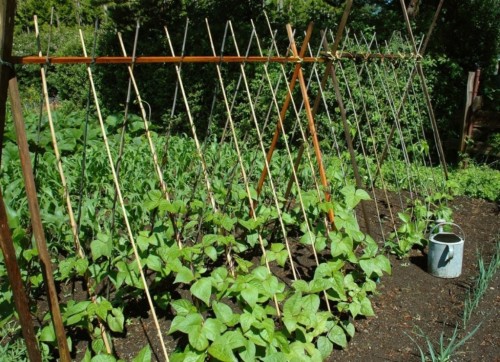
Also as a support, a tensioned grid with large cells is successfully used.
Pests and diseases
Among the main pests of beans can be allocated:
- Capping and garden scoop, which lay eggs on the leaves and plants stems. Their larvae devour the groundside of the beans: casting, buds, young fruits. In order to protect the beans from attacking harmful insects, the bushes are treated with bacterial preparations (1% boutique cybacillin solution or 1.5% solution of Gomeline).
- The beans grain - bug, which falls into the soil when planting the plant and destroys the seed from the inside. To protect the seeds, it is necessary to process them with a solution of boric acid before planting.
- Slugs - appear on unnecessary moistened soils. It should be followed by the humidity of the soil, while removing weeds and remove pests.
Among the diseases that are found in the cultivation of beans are distinguished:
- Annznosis is a viral disease that affects the leaves of the plant, which are covered with brown spots. For the prevention of plant disease, the burglar solution should be processed.
- White rot. For the disease, softening and lightening stalks and leaves are characteristic. To combat the disease, copper-containing drugs are used.
- Mosaic beans. Plant casting are covered with a motley color, resembling a mosaic. The leaves look crossed, the plant slows down and looks dwarf. The disease is not amenable to treatment, it can only be warned. The plant should be treated with phytoosporin when it reaches a height of 15 cm and after harvesting.
When collecting beans
Sugar and semi-boiled varieties of green beans in food are used entirely. For this they collect young, only formed pods that kept no more than a week on the stems. The collection is made in the morning, as the green pods are fast and losing an attractive look.
Harvesting beans of the raft varieties produce when the beans reach full ripening. Harvesting time from July to September, sometimes October, when the leaves of the plant begin to push, and the appearance of the sash changes, acquiring the color characteristic of the ripening of the variety. Some varieties do not change the color of the pods after ripening. During harvest, the plant breaks down with the root and stacked under a canopy, on a pre-laid film or burlap to save the podsal beans after the disclosure of the pods. Then the beans are cleaned and removed from the pods.
Storage
The podlock bean is stored in the refrigerator up to 10 days to save it to work, the beans should be frozen. Before the frost, the podle beats wash and cut the pieces of Lo 2.5 cm. Before the frost, they are blanched, briefly lowering in boiling water, cool and pack in packets or containers.
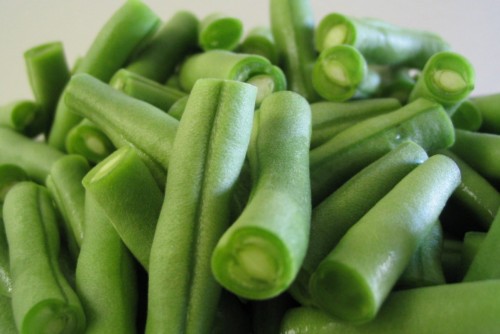
The grain beans before storage should be dried, go through and stored in vacuum packaging, for example in a glass jar with a lid.
Beans - an ideal culture for growing in the country area. Growing beans, care for it does not require attention or a special approach. A huge variety of species, beans varieties allow you to choose a suitable high-yielding grade for planting to grow a useful, delicious product. In addition to high yield, curly beans is a beautiful plant for landscaping a plot, garden or veranda.

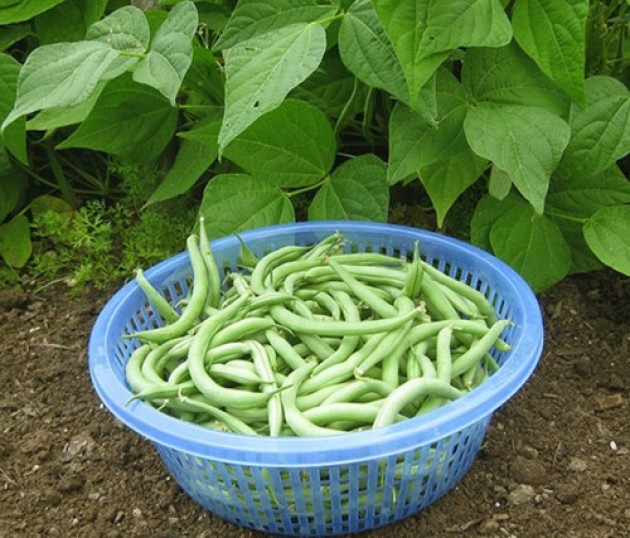
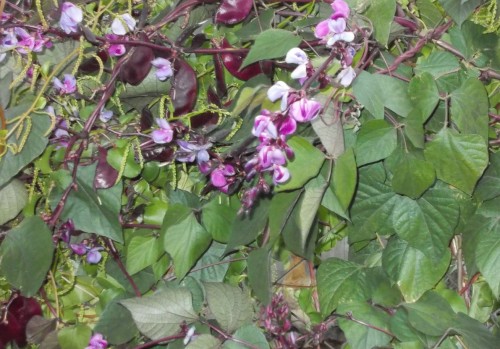

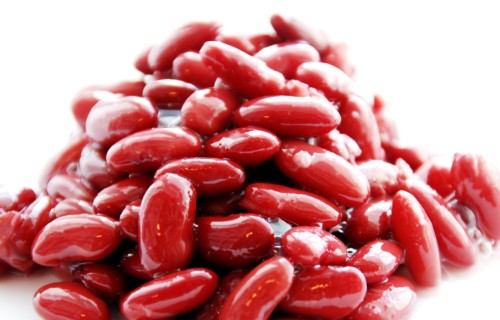
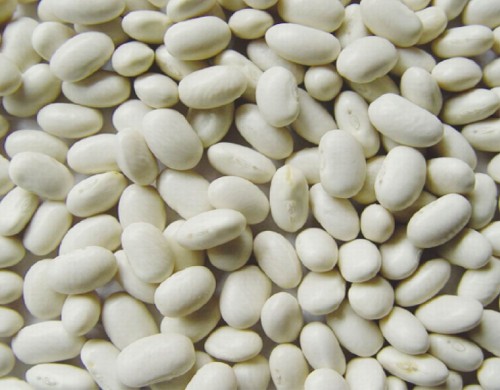
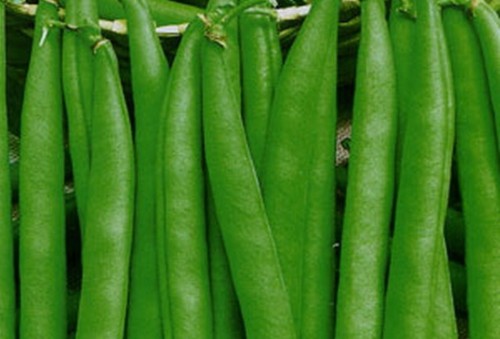
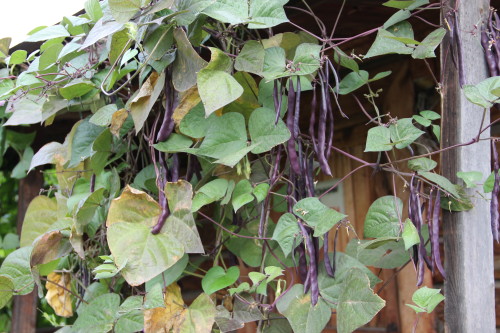
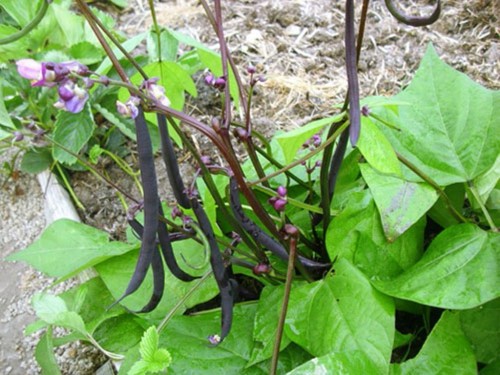

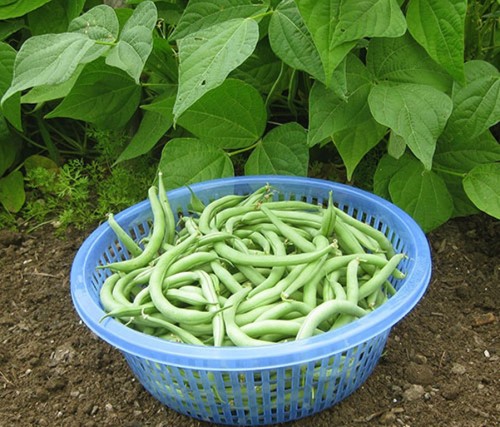
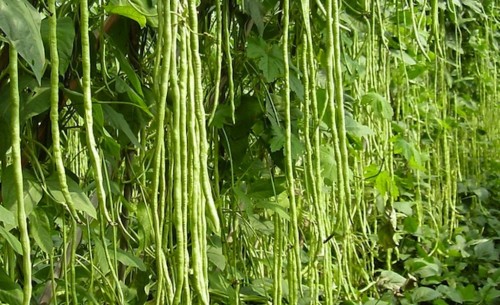
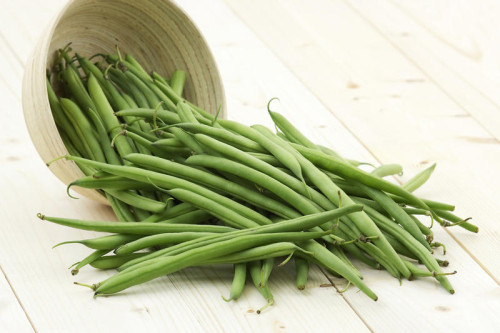

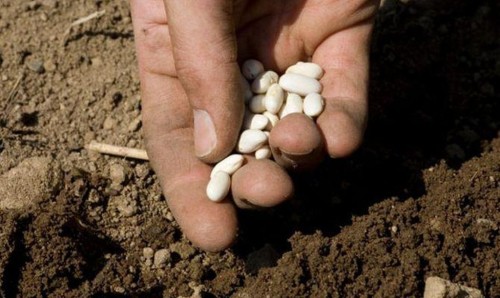
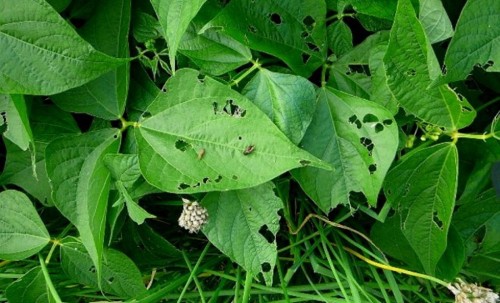
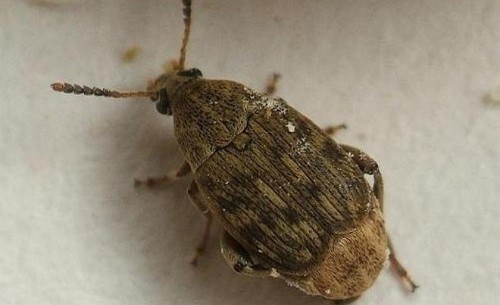
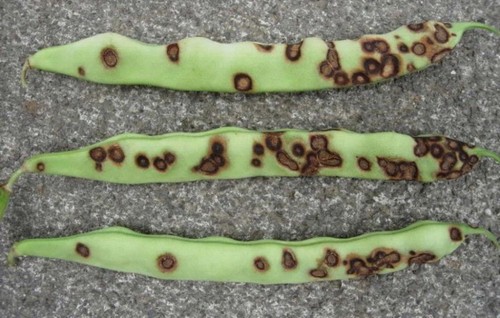
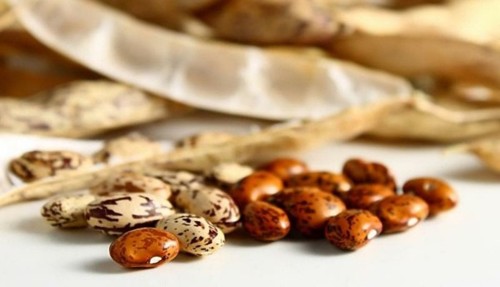
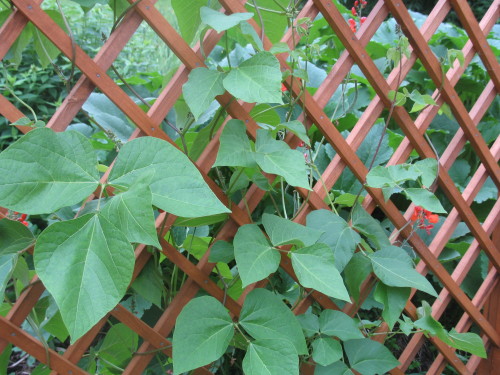
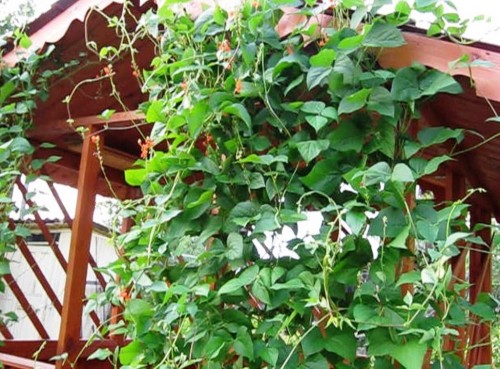
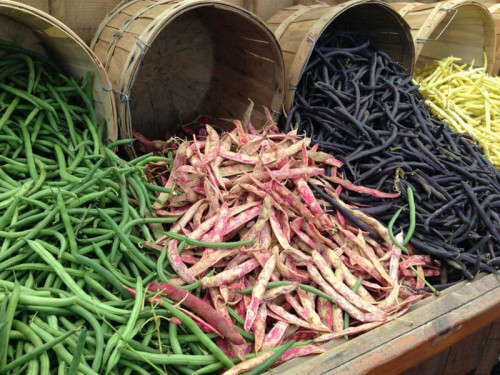

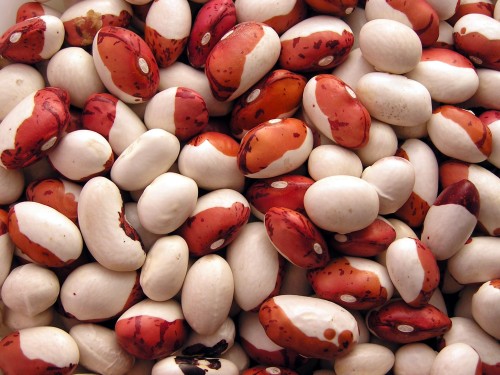
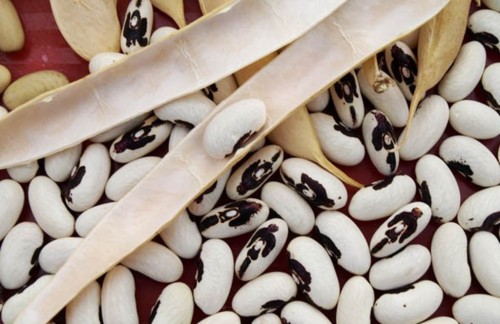












 Start a discussion ...
Start a discussion ...